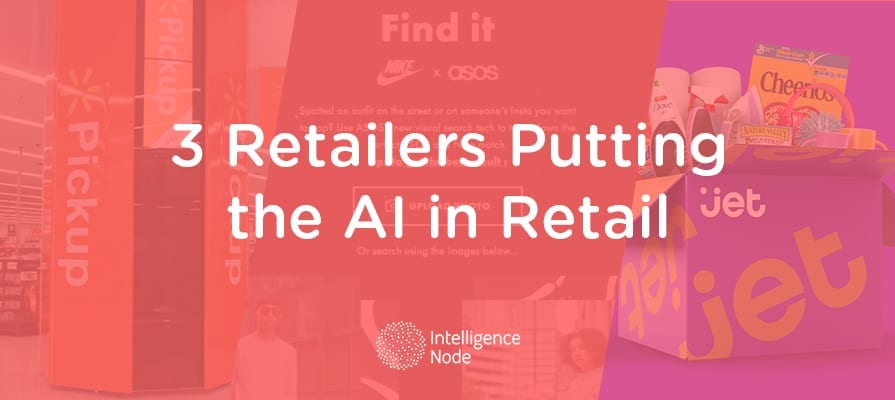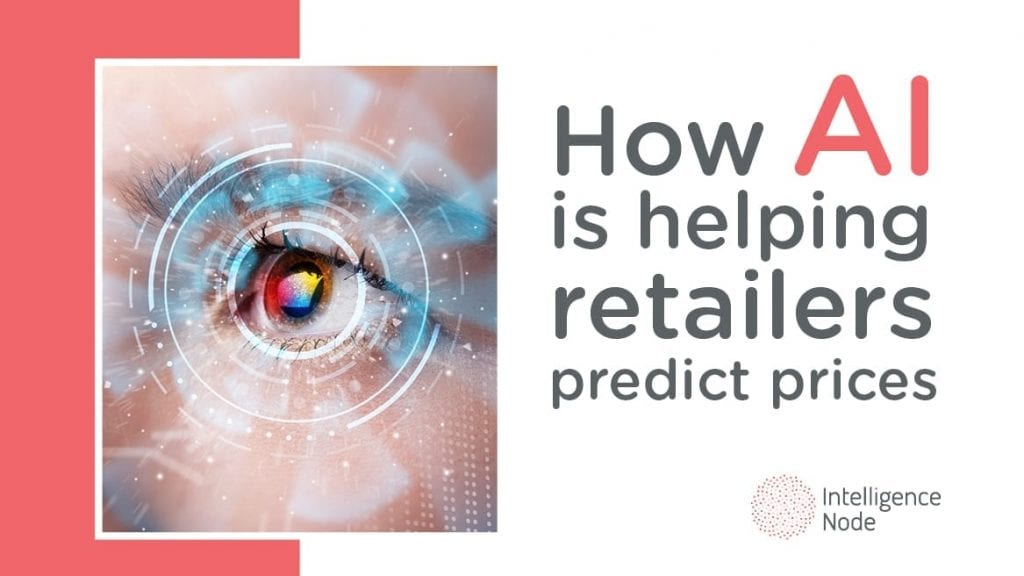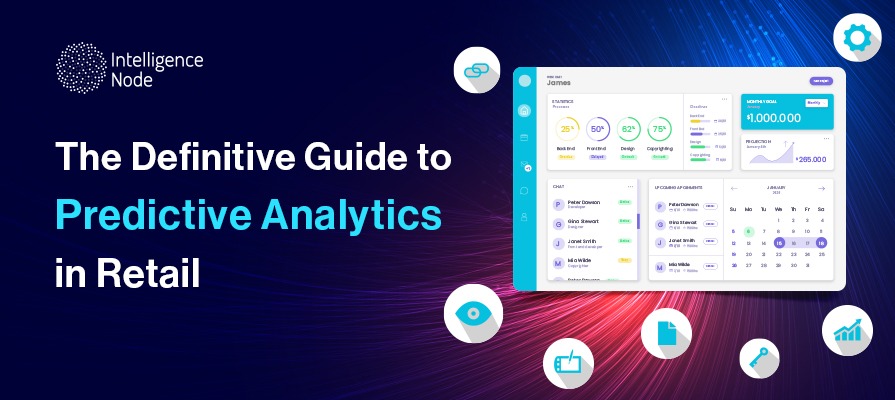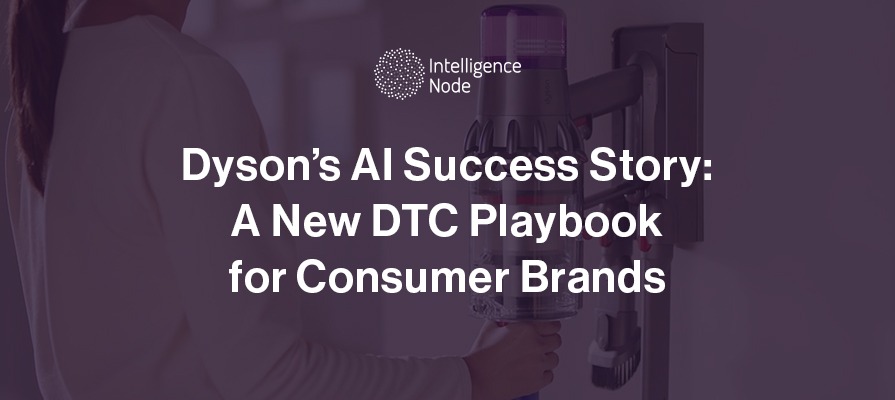Information is power – when we use it wisely. Far too many retail executives feel overwhelmed by the vast volumes of data their companies collect, which often accumulate into a massive, intimidating Mount Everest.
Yet it’s no coincidence that the most successful retailers are those who invest in big data analysis and artificial intelligence (AI). They astutely know they’re sitting on a jackpot of data, and translating that data into actionable insights can help them make snappy, fact-based decisions to drive efficiency and gain a competitive edge.
The following three retailers use big data and AI to save time and effort, and improve the customer experience.
Walmart embraces AI for its online assortment strategy
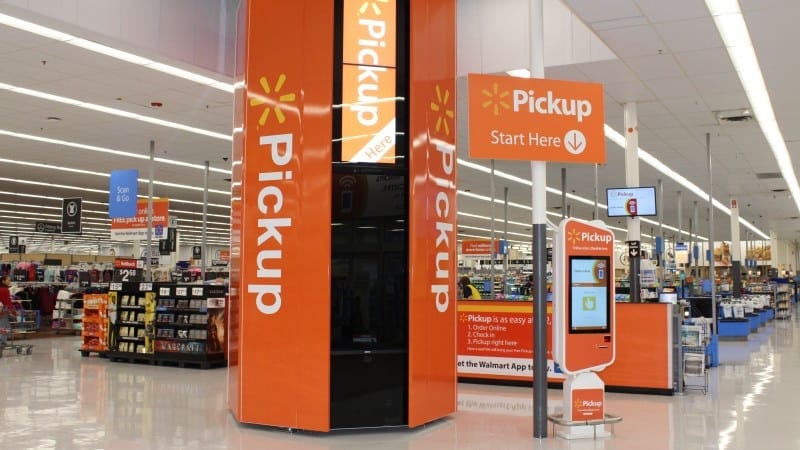
The world’s biggest retailer turned to big data and AI to improve its online assortment strategy. To spot gaps in its online assortment, Walmart.com used AI to efficiently scan the eCommerce landscape to gather insights on emerging product trends. These insights helped Walmart pinpoint gaps between what consumers are buying and what Walmart.com already offers.
Big data insights helped Walmart gauge consumer interest, and pull less popular and poorly-reviewed products from its online assortment to free up space for bestsellers and unique products to set Walmart apart from its rivals. AI and big data insights gave Walmart.com a more robust eCommerce assortment, expanding from 60 million items in 2017 to over 160 million items in 2022.
Competitive benchmarking solutions like Intelligence Node’s price comparison tool crawl billions of products and sort them into clean normalized categories using Deep-learning AI to deliver accurate data in real-time. The technology uses AI and machine learning to ensure you have the right product mix, unique products to differentiate your company, and you know what you’re your competitors’ catalogs, including popular and newly-launched products.
Jet uses dynamic pricing to stay competitive
Shoppers are more resourceful and informed than ever. Before they buy online or in-store, they often arm themselves with comparative pricing information so they know who sells a particular product at the cheapest price.
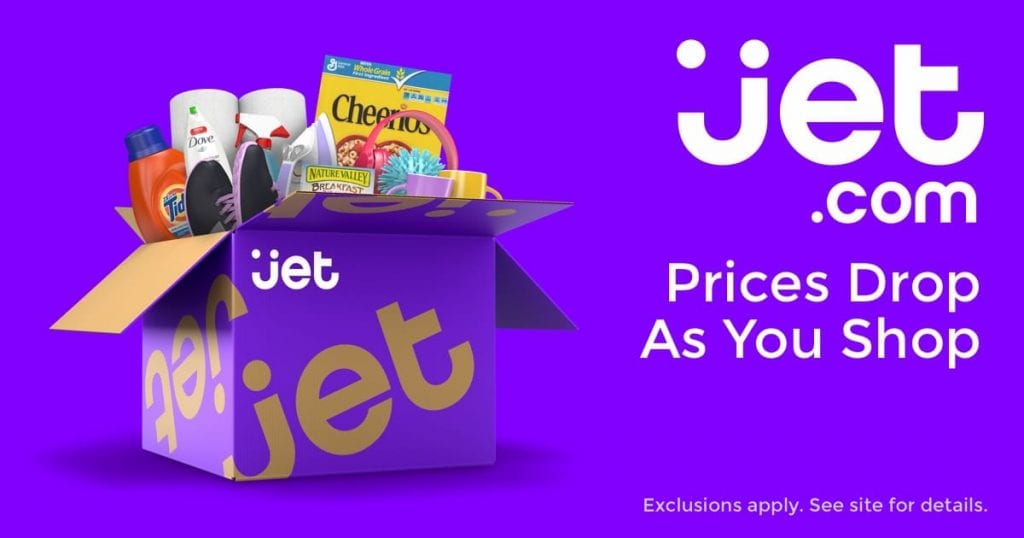
That’s why forward-thinking retailers like Jet embrace big data and AI for dynamic pricing, which automatically changes products’ online pricing in real-time to stay competitive. Jet excels at using pricing data to help shoppers get the best deal on each item in their online shopping cart.
Big data analytics allow you to review your pricing data to pinpoint an optimal price range for your products to maximize sales. For example, some eCommerce sites apply AI to their online pricing strategies to ensure they always sell specific items for 10 percent less than Amazon’s prices for the same items.
Price optimization tools help retail companies achieve real-time price optimization and give shoppers the best value with an automated retail pricing solution. Our sophisticated price optimization software analyzes your competitors’ feeds and internal data to make pricing simple and maximize profit margins. A rule-based engine can optimize prices based on real-time actors, like inventory, competitors’ out-of-stock situations, and discounts.
ASOS delivers efficient visual search
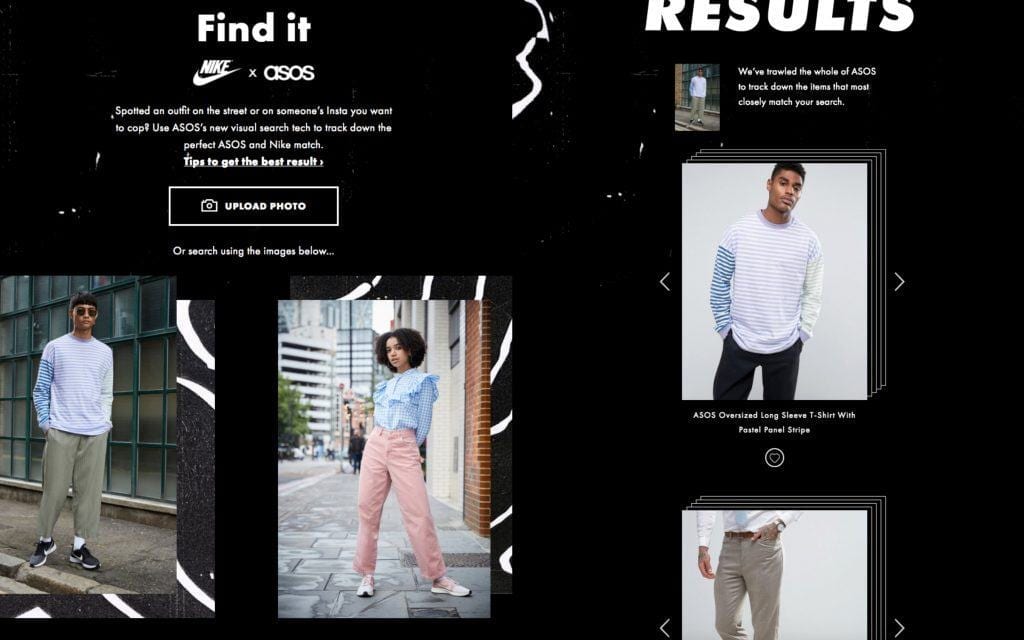
To make it easier and faster for consumers to find what they’re looking for, AI helps with fast visual search for efficient product discovery. AI-fuelled image recognition technology within mobile retail apps allows consumers to upload images, like a photo of the cute purse of someone who just passed by on the street. The mobile app can match the image to a similar product. It’s like Shazam for products rather than songs.
Making shopping easier, faster, and more pleasant spurred online apparel retailer ASOS to launch a visual search tool, Style Match, available on its native app. ASOS’ online assortment includes 90,000 products on it. To cut through the online clutter, shoppers can use Style Match to search through ASOS’ voluminous online product lines to find similar suggestions to the product images consumers upload.
Visual search tools use machine vision to detect items on the web or online assortments and suggest related items. Other retailers using visual search to provide a superior online shopping experience include Target, Wayfair, John Lewis, Shoes.com, Neiman Marcus, Nordstrom, and Urban Outfitters.
A visual search engine for products now lets shoppers compare fashion products from more than 150 brands using an AI fashion feed and a cutting-edge matching engine learns what a shopper likes — in real-time — by analyzing which product images the individual has liked or added to their online wishlist, helping shoppers speed up the process to find items they like.
As these leading retailers show, big data and AI allow you to find new opportunities to boost efficiencies, improve the customer experience, and spot emerging trends before your competitors do. These leading-edge technologies show no sign of slowing down, as data insights are the key to gaining a competitive advantage among today’s savvy, discerning consumers.
